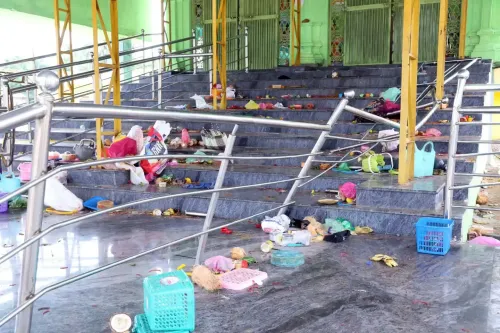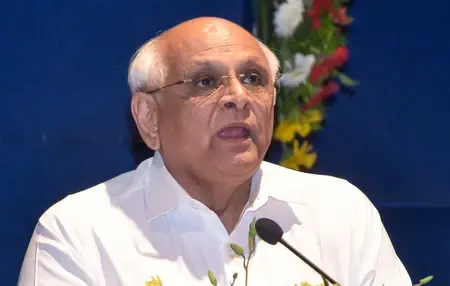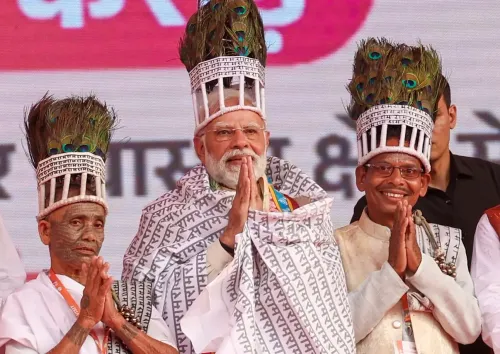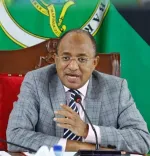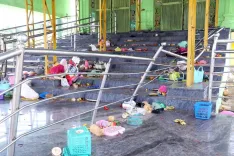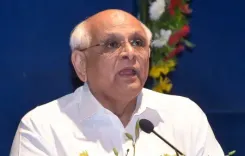Can the Delhi Assembly Complex Transform into a Cultural Hub with Tourism Ministry's Help?
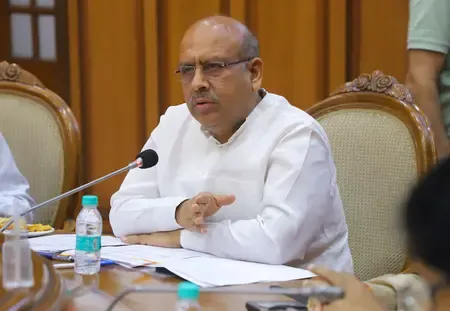
Synopsis
Key Takeaways
- Transformation of the Assembly complex into a cultural hub.
- Collaboration with the Tourism Ministry for expert guidance.
- Preservation of architectural integrity while enhancing accessibility.
- Interactive exhibits and legislative museum planned to celebrate democratic history.
- Community engagement to enrich cultural experiences.
New Delhi, May 13 (NationPress) Delhi Assembly Speaker Vijender Gupta has reached out to Union Minister of Tourism Gajendra Singh Shekhawat, requesting support and collaboration to convert the historic assembly complex into a vibrant cultural and heritage hub, an official disclosed on Tuesday.
In his correspondence, Gupta suggested that the Assembly campus, established in 1912 and rich in India’s legislative and political heritage, be transformed into a lively venue that honors the capital’s profound democratic history.
To advance this vision, Gupta also requested a meeting with senior Ministry officials to explore the feasibility, scope, and cultural aspects of the initiative.
The project aims to safeguard the building’s architectural integrity while improving its accessibility and significance as a public heritage site, he noted.
The Delhi Assembly Building, initially built as the seat of the Imperial Legislative Council, symbolizes India’s political development.
Having witnessed countless milestones in the nation’s democratic evolution, this building serves not only as an architectural gem but also as a vault of the country’s institutional memory, stated Gupta.
Key elements in the Speaker’s proposal include heritage conservation through the restoration of the Assembly’s original architectural characteristics; the creation of a legislative museum and interactive exhibits to narrate Delhi’s legislative history and the broader democratic framework of India.
Gupta has also advocated for the enhancement of tourism infrastructure, including visitor amenities, guided tours, informative signage, and audio-visual resources to enrich the overall visitor experience; and foster community engagement by involving local artisans, performers, and cultural experts to animate the space through curated programs and cultural events.
The proposed partnership between the Delhi Assembly and the Tourism Ministry aims to facilitate the efficient execution of this initiative, ensuring expert guidance and alignment with national heritage and tourism goals. “This initiative marks a crucial step towards preserving and honoring the democratic heritage of Delhi. Transforming the Assembly campus into a cultural hub will not only respect the past but also inspire and educate future generations,” Gupta stated in his letter.

